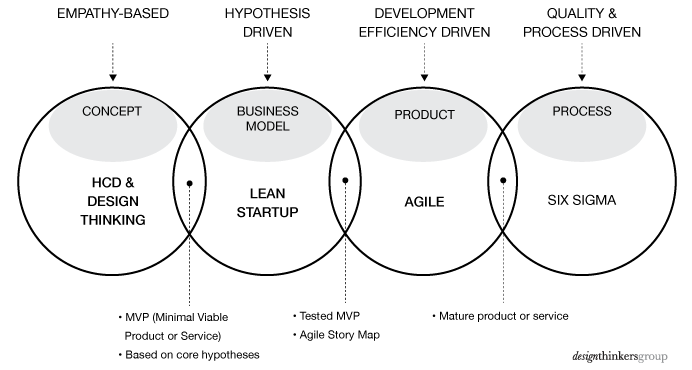Wiki
From consulting and strategy development to implementation and support, our comprehensive services can help your business thrive.
Expert Architecture Services
Our experienced architects provide personalized design solutions that turn your dreams into reality.
Innovative Solutions
We craft unique and innovative designs, working closely with our clients to bring their visions to life.




Timeless Space Creation
Our architecture services prioritize function and form to create spaces that stand the test of time.
Complete Architecture Services
From concept to completion, our architecture services use the latest technology and techniques to deliver exceptional results.




Design Thinking
Empathize: Understand the user through research and observation.
Define: Synthesize research to define the core problem.
Ideate: Generate a wide range of ideas and solutions.
Prototype: Create low-fidelity prototypes to explore solutions.
Test: Test prototypes with users to gather feedback and iterate.
Lean UX Canvas
Business Problem Statement: Define the business problem you are addressing.
User Segments: Identify the target user segments.
Outcomes and Benefits: Specify the desired outcomes and benefits for users.
Solutions: Propose potential solutions to the problem.
Hypotheses: Formulate hypotheses to be tested.
Assumptions: List assumptions that need validation.
Experiments: Design experiments to test hypotheses.
Results and Insights: Collect and analyze results to gain insights.
Key Differences
Focus: Design Thinking emphasizes understanding and solving user problems through empathy and creativity, while Lean UX Canvas focuses on validating business hypotheses through iterative testing and learning.
Process: Design Thinking follows a more linear process from empathy to testing, whereas Lean UX Canvas is cyclical, emphasizing continuous iteration and feedback.
Tools: Design Thinking uses tools like empathy maps, personas, and journey maps, while Lean UX Canvas uses structured templates to capture and test assumptions and hypotheses.
Key Similarities
User-Centric: Both methodologies prioritize the needs and experiences of the end-user.
Iterative: Both involve iterative processes to refine and improve solutions based on user feedback.
Collaboration: Both encourage cross-functional collaboration to leverage diverse perspectives.
Design Thinking vs. Lean UX Canvas




